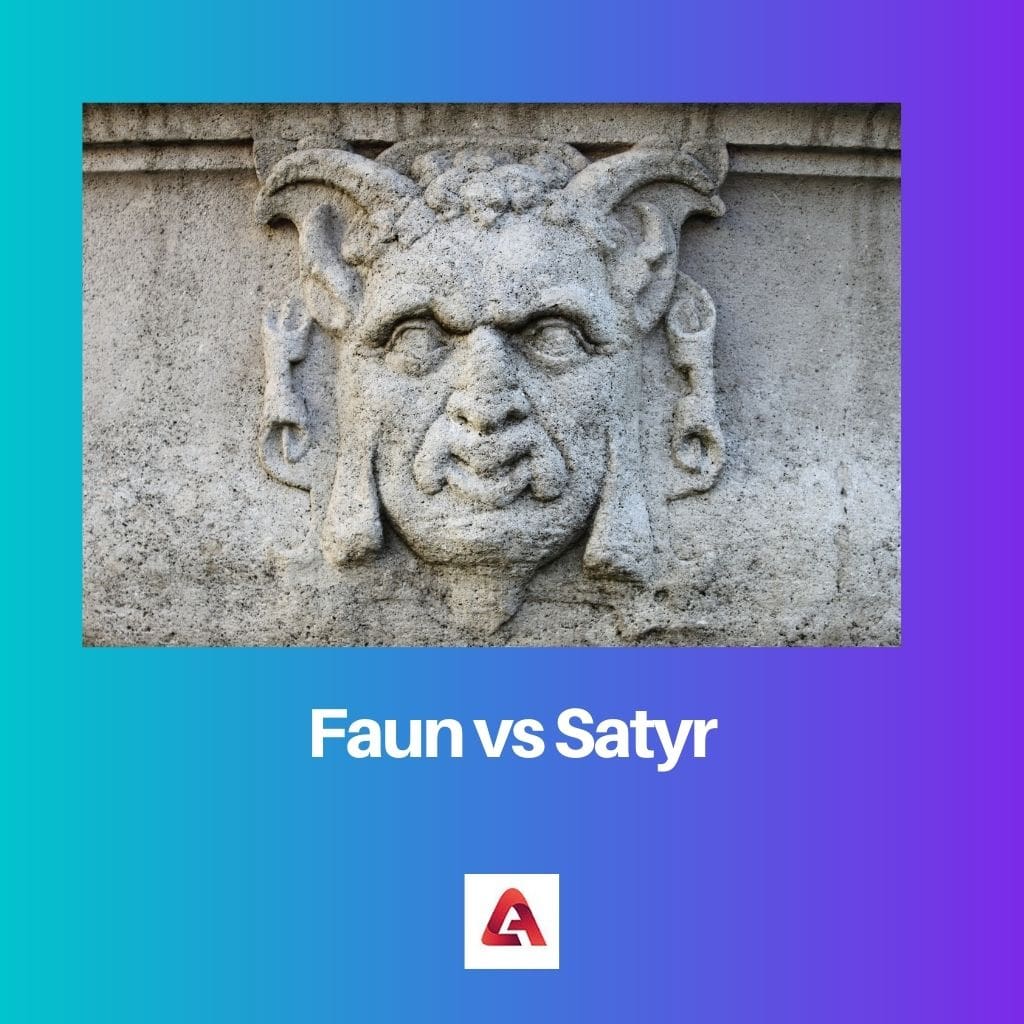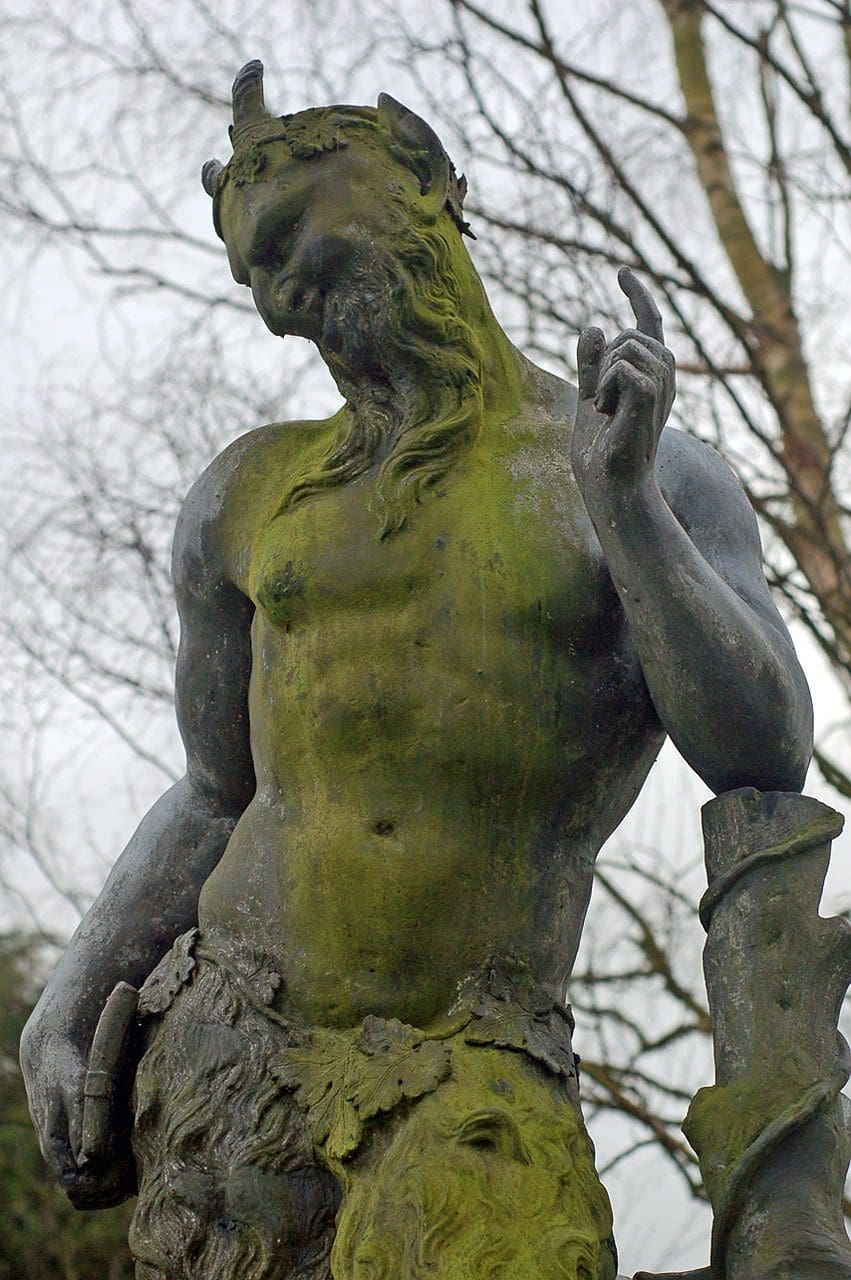The appearance of many mystical creatures and the stories of the evolution of these creatures into modern-day animals are not unknown to us. These mythical or mystical creatures, many had said to make appearances in the human world like mermaids and sirens, have Greek or Roman origin.
Sometimes, two creatures having similar physical appearance can be of two different origins and have natures contrasting one another. Faun and satyr, the mythical creature half human-half goat, are also two such creatures.
Key Takeaways
- Fauns are mythological creatures from Roman mythology, depicted as half-human and half-goat, with horns and pointed ears; satyrs are similar creatures from Greek mythology, also half-human and half-goat, but with horse-like tails.
- Fauns were associated with forests and nature; satyrs were associated with wine and revelry.
- Fauns were depicted as gentler and innocent, while satyrs were more mischievous and passionate.
Faun vs. Satyr
Fauns are mythological creatures that are half human and half animal. They are considered as nice, kind, and gentle creatures. Satyr is a creature with a body consisting of a human’s upper part and a horse’s lower part. Satyrs are considered mischievous creatures that love wine parties.

Fauns are humans from the torso up and goats from below. They have human feet.
Fauns have a Roman origin and were said to be naturally inhibited in forests.
They are very gentle and humble. Satyrs are the Greek-origin version of the fauns.
They are humans from the torso up and goats below but have goats’ hooves instead of human feet. They are known to be followers of the God of Wine.
Comparison Table
| Parameters of Comparison | Faun | Satyr |
|---|---|---|
| Origin | Its origin is in the olden times Rome | It has a Greek origin |
| Horns | Are born with a natural horn | Need to earn the horn |
| Physical features | Torso, hands, and feet of a human. Two goat legs instead of human ones | The upper body was human whereas the lower body was that of a goat with a tail. |
| Physical appearance | They appear to be handsome | A clumsy and hideous appearance that is deemed unattractive. |
| Knowledge | Foolish | Are very knowledgeable |
| Nature | It was believed to have instilled fear of traveling through the forests | They have a high sex drive and are portrayed as such. |
| Behavior | Innocent, gentle, and humble | Mischievous, always with wine or women |
What is Faun?
Fauns are bipedal creatures that are also known as goat man. This is because of their half-human half-goat appearance.
They are shown with a human torso and feet with the legs of a goat and pointed ears with horns. They inhabited the forest areas and were said to instill fear in the night travelers of the forest.
But in reality, they were naïve, humble, and gentle creatures who were also portrayed to be handsome. They symbolized fertility and peace.
They were compared with the Greek god Pan and Fauna, who had a goat-like appearance. Since they were peace-loving creatures, they were portrayed the same way in paintings.
Being in a group, playing and having fun, or standing alone with their majestic physique.

What is Satyr?
Satyrs are the Greek origin of fauns. But it is said that the fans were inspired by the appearance of the satyrs and not the other way around.
They are also bipedal creatures who are half-human and half-goat. They are described as hairy, bulky, hideous, and clumsy with stub noses and distorted facial features.
This was deemed unattractive by the Greek standards of beauty. They were followers of the Greek God of wine, Dionysus, and were portrayed with wine glasses and mischievous.
Satyrs were known to have a stronger sex drive than fauns. So in pictures and paintings, they were always shown during obscene scenes surrounded by women.
It was also said that they ran after nymphs and mortal women to rape and mated them.

Main Differences Between Faun and Satyr
- Faun has a Roman origin, whereas the satyr is said to be of the Greek origin of the Roman faun.
- By physical appearance, though both may have horns, fauns are naturally born with horns, whereas satyrs have to earn a horn.
- Satyrs had a human torso and hands, with goat legs and hooves. They were also very furry, like goats, and even had their tail. Fauns had a human torso, lacked a tail, and had human feet instead of goat hooves.
- Fauns are described as handsome in Roman mythology. Quiet opposite to fauns, the satyrs are deemed unattractive, having a grotesque and clumsy appearance. Their physical appearance is unattractive according to Greek standards.
- Fauns are known to be naïve and foolish. On the other hand, satyrs are wise and have great knowledge.
- Since forests are said to be the natural habitat of fauns, it was believed that they instilled a sense of fear in the night travelers of the forest. In reality, they were naïve and small creatures. But satyrs were known to have a high sex drive and were portrayed in paintings through lewd scenes.
- As we can see, fauns were humble, gentle, innocent, handsome, and attractive. Satyrs were a contrast to this image. They were mischievous and were always found to be with wine or women.




